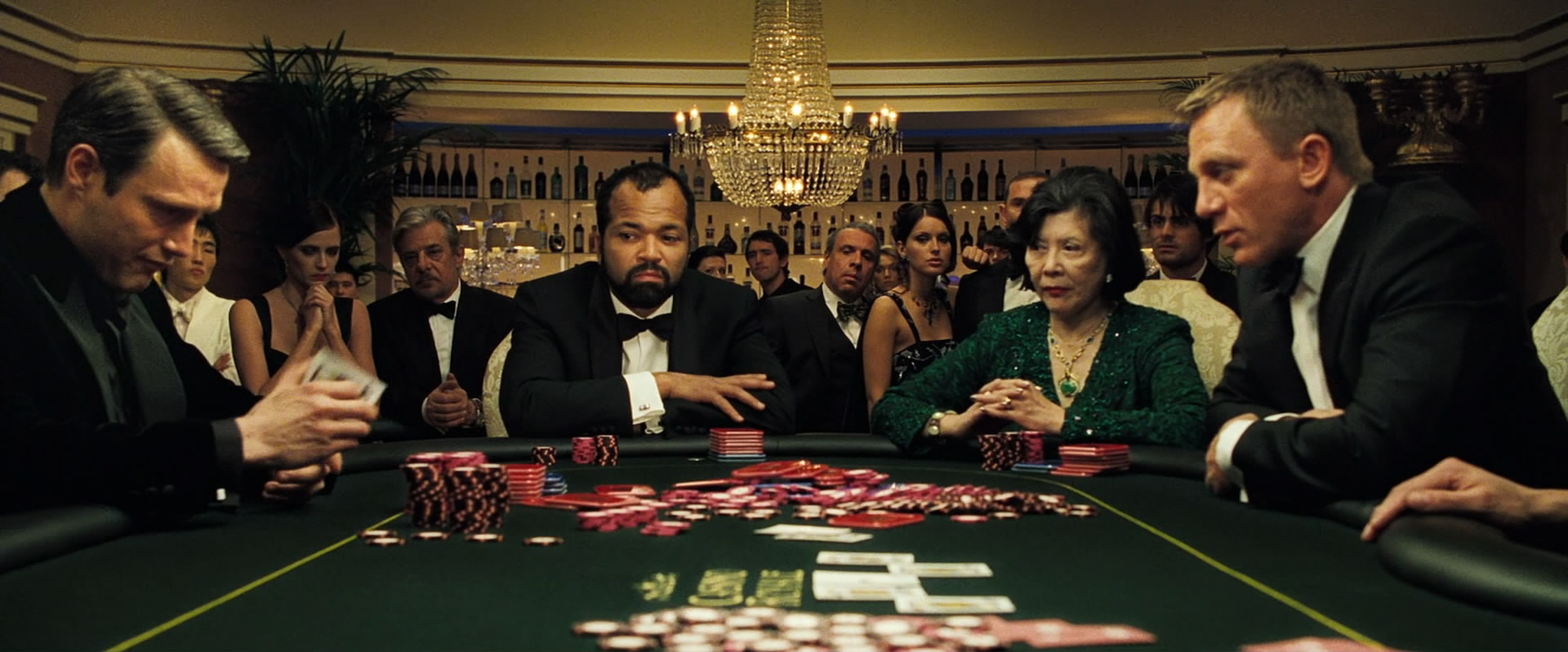The whole truth about table dynamics

The desire to constantly win at the poker table is present in almost every novice player. To achieve a consistently high level of play and an appropriate win rate, a poker player needs to develop many useful qualities:
- strict adherence to preflop charts, drawing up a competent plan for each hand;
- the ability to reasonably justify all their actions;
- significant psychological stability;
- understanding the statistical indicators of your poker software and the correct interpretation of them.
Along with a refined strategy on all the streets of trade, you can often find less obvious elements of a winning poker game. Table dynamics are one of the clearest examples of the impossibility of a dogmatic approach to every starting hand and situation. You just can't take and always play pocket aces the same way.
The concept of "table dynamics" is often found in all sorts of poker literature, training videos on specialized resources, hot discussions on forums in the section "Hand Evaluation". Beginners are very fond of referring to it: do not count how many times the notorious "table dynamics" became an ultimatum argument in a dispute over an ambiguously played distribution. How can we clearly define the meaning of "Table Dynamics" so that it carries a semantic load at the moment of making a decision at the poker table, and does not become a convenient way of self-deception and justification of one's own laziness and unwillingness to think?
Components of the "Table Dynamics" concept:
- Types of opponents at the table. Basic information that allows us to modify and adapt the basic strategy of the game to maximize profits. Obviously, the ranges we play will be very different, if in one case there are aggressive regulars in the blinds, and in the other - loose-passive recreational players. Against the former, we should play our standard ranges on the button (even a slight narrowing of them is permissible in order to avoid a large number of difficult and expensive decisions in 3-bet pots), against the latter, it will often be very profitable to play almost 100% of the range (due to their weakness postflop and the huge mistakes they will inevitably make). In some situations, the best strategic decision at the poker table is to leave. This decision will not add to your fame, but it will avoid big losses when you face several regular CCC or MCC players in the game. It's especially frustrating if they are in position on us and constantly push into our open-raises. The variability of such situations is very high and each must be assessed separately so as not to fall into a knowingly losing position.
- Effective stack sizes. 5-bet shoving in late position versus 4-betting the small blind or button with 100bb stacks with AK is standard action against most opponents. It will not bring much profit, but it will never be a mistake. The same decision in the presence of 200bb in the distribution participants is a gross mistake, which in the long run will signify huge losses. A simpler example is the change in the value of the hand depending on the number of blinds the opponent has: suited connectors are very profitable to call because of the potential pot odds in deep stacks; cold calling with them against a short stack only promises losses. In an active multi-table game, learning the number of blinds for each of the incomplete stacks can be seriously distracting during the game. The best solution to the problem and the way out of the situation is to use a poker program that translates stack sizes into blinds. Try to quickly calculate the number of blinds in the stack on some NL16 - it's still fun! Therefore, the active operation of PartyCaption, WPN Tools Lite, iPoker Tools becomes a vital necessity and an additional argument in optimizing the thinking process during a gaming session.
- Playing in position \ out of position. Closely related to player categories. Being in position against a phone playing a wide range is always desirable for a professional poker player. But when he sits in a pose on us, the situation changes to the diametrically opposite: playing some parts of our spectrum becomes noticeably more complicated, in addition, we may begin to be subjected to frequent attacks, in the form of squeezes, from other regulars. It is absolutely undesirable for us to find ourselves in such a “sandwich”. We'll either have to catastrophically often surrender to the aggression of opponents, or greatly narrow the playing ranges, becoming predictable for the rest of the players at the poker table and risking not collecting value, even when we are dealt a strong hand.
We will also mention the field tendencies in a separate line. Many players often miss this moment when moving from one poker room to another and continue to play exactly the same way as before the change of poker registration. This approach is not only erroneous and indicates the problems of the player with his own "Ego", but also threatens with serious disappointments as the distance is played.
A smarter approach is moderate multi-tabling and high attention to the hands shown by opponents at shoudan. Here you will either need to carefully write notes directly during the game, or view the results already at the end of it using DriveHUD, Poker Tracker 4 or Holdem Manager 3. It will be very good to study the ranges of your opponents' play in various situations and determine the ranges of calls, bets and folds. The best tool for this is the GTO + advanced poker calculator. Only considering all of the above factors together will allow you to turn the dynamics of the table from an excuse for rash actions into a solid argument that allows you to make the right decisions in difficult game situations.





 Log in
Log in  Register
Register 